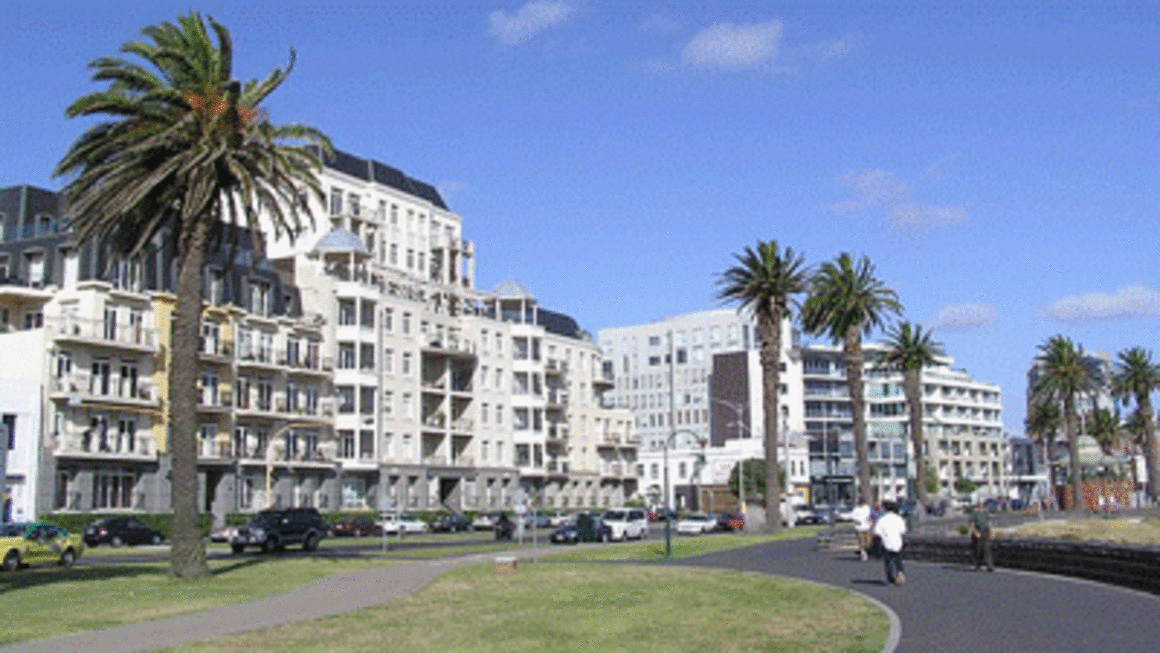Investors need to be aware of cyclical ebbs and flows of inner city new housing projects like Beacon Cove: Monique Sasson Wakelin

Inner city infill residential property developments have the advantage of being close to the CBD and benefiting from nearby established infrastructure, but the returns can be mixed, Monique Sasson Wakelin has warned.
She says investors should tread carefully when considering these investments.
“Done well – built in a good inner suburban location, with quality design and construction – a new estate can perform reasonably well, eventually,” says Wakelin, director at Melbourne-based Wakelin Property Advisory.
“But they do tend to struggle capital growth-wise for the first few years. Moreover, they never seem to quite match the performance of top grade, established investment property."
“When the property market is booming, it is understandable that some budget-constrained investors who struggle to outbid others for established property resort to buying in new estates."
“But in a slow property market where competition is light, and it is possible to buy into the established inner suburban market, there’s really no need to settle for second best.”
As an example, house prices in an established suburb like Albert Park have risen 321% over the past 15 years, while a suburb like Port Melbourne, where Mirvac built its Beacon Cove project on former industrial land in 1996, have only recorded 249% growth.
Over the last three years, houses prices have risen by 51% in Albert Park compared to 26% in Port Melbourne.
In a column penned for the Eureka Report, Wakelin writes that while much of the new housing construction will take place in fringe suburbs, there is a drive among governments and developers to reassign large tracts of former industrial and other redundant land within inner and middle suburbs for residential use.
Wakelin says there are a number of positives about infill development closer to the city compared to new greenfill housing in the fringe suburb counterpart.
“The most obvious is location. Many of these new residential estates are only a few kilometres from the CBD, as opposed to 40 or 50 kilometres,” says Wakelin, writing for the Eureka Report.
Aside from shorter commutes to the city, she says the other positive factors in favour of infill developments are the existing hard infrastructure in the surrounding area (roads, schools, childcare facilities, medical facilities) as well as closer proximity “to the things that give an area a 'soul’,” – shops, cafes and restaurants.
But she warns investors to keep in mind the experience of Beacon Cove in Port Melbourne, which shows that there is a lifecycle for infill developments.
She quotes Biggin & Scott Port Melbourne agent David Lack, who says there were long queues and people camped overnight when the project first came on the market in 1996.
But according to Lack, the Beacon Cove properties struggled at first on the resale market in the early years and it was only from around 2001 that they started to show a good profit on resale.
Lack also says Beacon Cove properties may have been overpriced at their first offering, asking $305,000 for a three bedroom house.
“The lesson from Beacon Cove for investors considering buying into infill developments is to tread carefully,” she says.